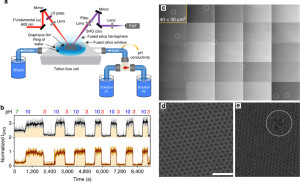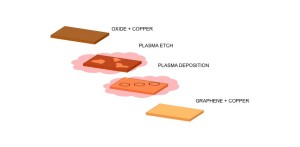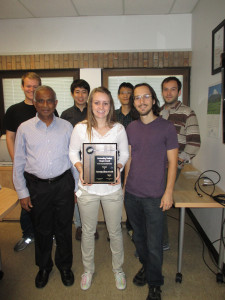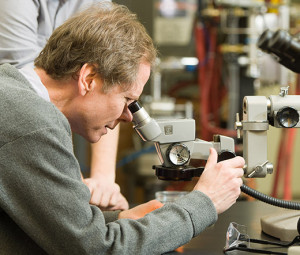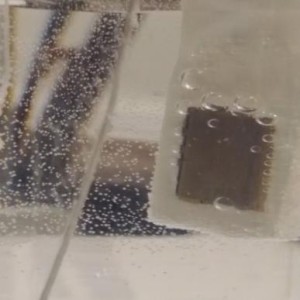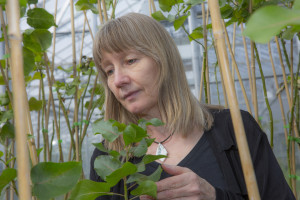
The research gives scientists clues about the genes that control plant structures and how we can manipulate them to our advantage.
Source: Paul Efland/UGA
Researchers at the University of Georgia (UGA) are looking to accelerate the biofuel industry with this new development in plant gene structure.
The UGA scientists have discovered that manipulating a certain gene in a hardwood tree makes easier the process of breaking wood into fuel, and simultaneously increases the pace of tree growth.
This from UGA:
In a paper published recently in Biotechnology for Biofuels, the researchers describe how decreasing the expression of a gene called GAUT12.1 leads to a reduction in xylan and pectin, two major components of plant cell walls that make them resistant to the enzymes and chemicals used to extract the fermentable sugars used to create biofuels.


